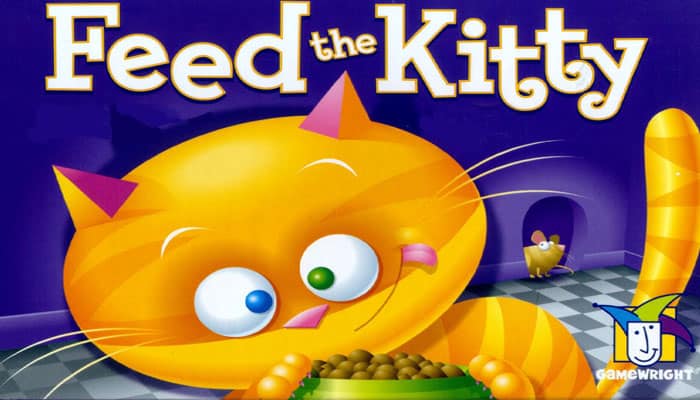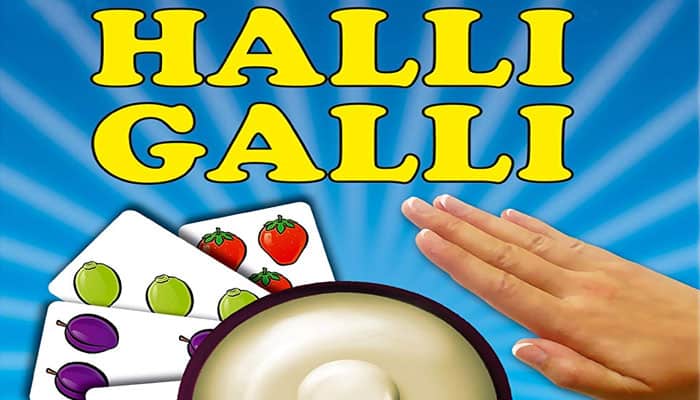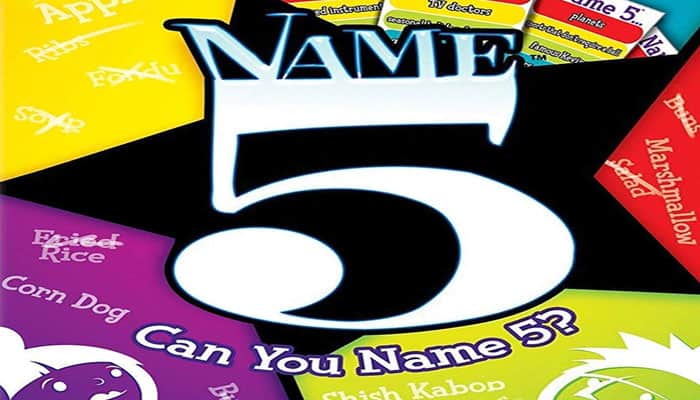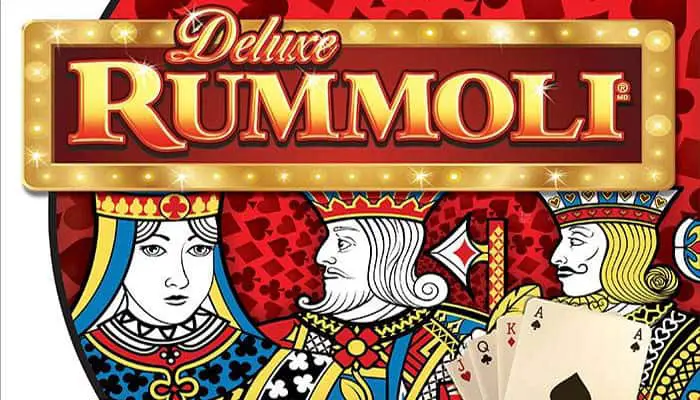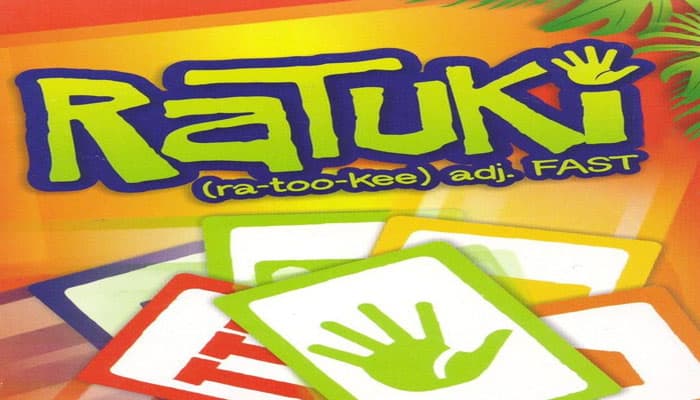
This section is where you get into the sinew and gristle of the rules. Okay, that sounds kind of gross. How about... um_ this is where we explain how to resolve corner cases and special situations.
Calculating Values for Breakpoints or Power
-
The printed value is the number printed on it, unless an ability specifically changes it (e.g. Matrix of Bossiness, Let's Finish This).
-
The starting value is the printed value, unless an ability resets it to a specific number (e.g. Overgrowth, Mimic). If more than one ability tries to reset the same number, the current player chooses one and the others are ignored. …




